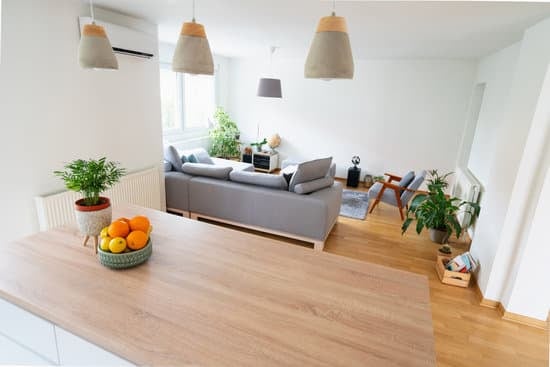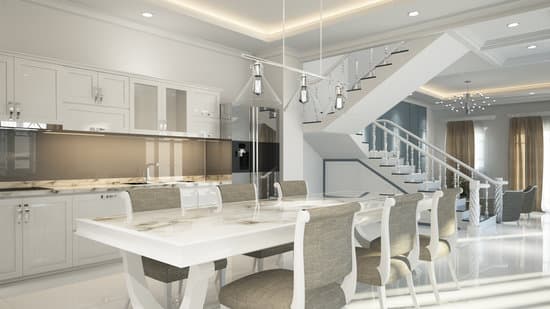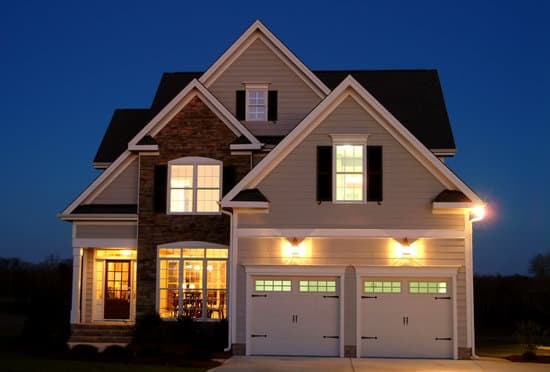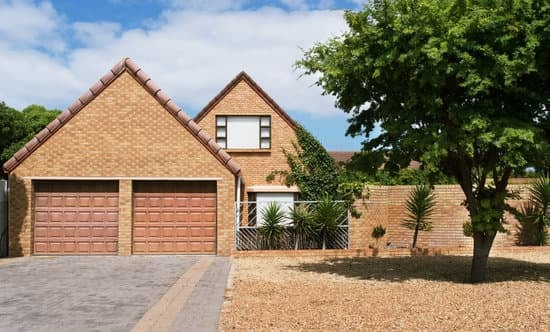Understanding Prefabricated Homes
Prefabrication is a term used to describe the process of manufacturing building components or entire homes in a controlled environment and then transporting them to the construction site for assembly. Prefab homes are produced using a variety of techniques, such as panelization, modular construction, and flat-packing. This method of construction is gaining popularity, primarily because it is faster and more efficient, with fewer material waste and environmental impact. Prefabricated homes also offer customizable designs, enabling homeowners to have more control over the features, style, and layout of their homes.The Advantages of Prefab Homes
The advantages of prefab homes are numerous. For one, they are constructed in climate-controlled environments, which means no weather delays, which can often slow down traditional construction. Prefabricated homes also offer enhanced energy efficiency and sustainability. Manufacturers can use high-quality insulation, efficient heating and cooling systems, and other sustainable features, such as solar panels and green roofs. Furthermore, prefab homes can be built off-site, which means less disruption to the local community and the environment. Once the homes are ready, they are transported to the site, which also reduces the amount of time required for on-site construction. Some additional advantages of prefab homes include:- Cost-effective construction process due to less wastage of materials
- Standardization of construction due to the use of pre-existing designs and building components
- More durable construction materials due to stringent building codes and standards
- Reduced need for heavy machinery and tools required for traditional on-site construction
Defining Modular Homes
Modular homes, like prefab homes, are constructed off-site and transported to the construction site for assembly. However, modular homes consist of individual sections, or modules, that are built in a factory setting. The individual modules are then transported to the construction site, where they are assembled on a permanent foundation, typically without a basement. The modules are then connected using bolting or welding, creating a seamless and sturdy structure. Because modular homes are precisely engineered and constructed in a controlled environment, they are often considered more reliable, efficient, and better quality than traditional on-site construction methods.The Benefits of Modular Construction
Modular construction offers many benefits that traditional construction cannot provide. These include:- Faster construction: Modular homes can be built in as little as a few weeks, compared to several months for traditional on-site construction.
- Less Disruption: Prefab homes are built off-site, which minimizes the amount of time required onsite, the disruption to local communities, and the environmental impact of construction.
- Flexibility and Customization: Modular homes are often customizable and allow homeowners to choose from various designs, sizes, and aesthetics.
- Better Quality control: Modular construction follows strict quality control measures to ensure that each module is of the highest quality and meets building codes and standards.
- Energy Efficiency: Modular homes often employ energy-efficient systems, such as ovens, HVAC systems, and insulation.
Modular vs. Prefab: What’s the Difference?
So, what’s the difference between modular and prefab homes? The main difference lies in their construction methods. Prefab homes are constructed using various methods, such as panelization and flat-packing. On the other hand, modular homes are made up of individual sections, or modules, which are assembled at the construction site. Another difference between modular and prefab homes is that modular homes generally have more strict regulatory requirements. Because they are built in a specific order, they must adhere to strict construction codes and regulations, which mean they must meet specific safety and durability standards.Which is Better: Modular or Prefab Homes?
In terms of which is better – modular or prefab homes- both options offer many advantages, though it depends on your preferences and needs. Modular homes are perfect for those who desire a personalized home while minimizing the disruption of local communities. They offer energy-efficient and high-quality construction, customizability, and cost-effectiveness. Prefab homes, on the other hand, can be more standardized in their design, with faster construction times due to fewer regulatory requirements. They’re perfect for those who want to get into their home quickly and at an affordable price.Considerations When Choosing Between Modular and Prefabricated Homes
When choosing between modular and prefab homes, there are a few key considerations to keep in mind, such as:- Your specific needs and requirements (e.g., size, design, budget)
- The location of the site
- Regulatory requirements and local building codes
- Your timeline and budget for construction
- The environmental impact of construction and material selection.




















